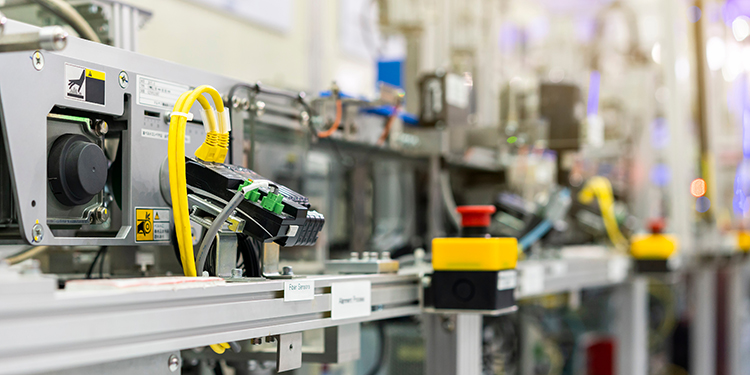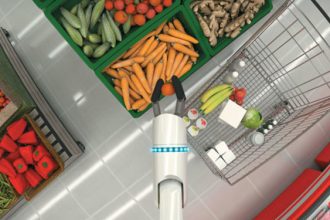Conveyor And Sortation Controls: Defining Decentralized And Centralized Architectures

The operation and function of conveyors and sortation systems are driven by one of two types of control: centralized or decentralized. What do each of those terms mean? As it turns out, the material handling and controls industries often use these terms to mean different things. Therefore, the following is an explanation of the two most common interpretations of each term with examples of the types of architectures they describe.
Centralized control can refer to two different systems, as follows:
- Combining all functions of the control system into a single, powerful machine controller (as opposed to having functions of control spread out into various micro controllers or into other dedicated controllers). For example, combining programmable logic controller (PLC), motion control, safety, robotics, and vision into a single controller. This form of centralized control yields a general reduction in the number of separate processors for improved integration of the different systems while reducing communication latency between each system. It also greatly improves the lifecycle of the overall control system by eliminating separate central processing units (CPUs) that typically reach their individual end-of-life at different times in the lifecycle of the system. Centralized control is made possible by more powerful machine controllers and the use of multiple cores of a multi-core processor.
- Wiring all field sensors and drives back to a central control panel where the PLC and perhaps other controllers are housed. This concept typically does not take advantage of fieldbus technology since sensors and drives instead are hard-wired back to the control cabinet.
Decentralized control can likewise refer to two different systems:
- Modularizing the control functions of a system and dividing these up between multiple PLCs. Often there is a master controller or master PLC at the top of the hierarchy which communicates to one or more secondary controllers. This approach is also utilized if various functions of the control system are proprietary in nature (or have dedicated algorithms that run on dedicated processors), enabling the control functions reside in their own “black box.”
A common example of this is a robot application where the robot controller is separate from the machine controller or PLC. The vision sensor for the robotic system can also be in a separate industrial PC. Decentralized control also sometimes refers to system modularity, with separate micro-controllers or micro-PLCs for small tasks distributed across the overall control system, all communicating up to one central controller. Decentralized control may also be deployed because of PLC performance constraints due to the overall system’s size and throughput requirements.
- The use of fieldbus technology in order to decentralize wiring to all field sensors and drives. This would include open fieldbuses that support many sensors and drive vendors, ensuring complete interoperability and horizontal communication. Examples of open fieldbus technology include EtherCAT, PROFINET, and Ethernet/IP. The use of fieldbus technology not only supports I/Os for decentralized sensors, but also in many cases transfers the fieldbus intelligence directly into the sensor itself.
It also enables the decentralization of drives via smaller distributed drive cabinets closer to the motors or via drives with a protection rating that can be installed without a cabinet. Drives with higher protection ratings can be either integrated into the motor housing or simply mounted to the motor or installed at very close proximity. This reduces the cost of lengthy motor cables and only the fieldbus and power need to be distributed to the field located drives.
Notably, the concepts can also be combined. The optimal solution is one that incorporates the first definition of centralized control with the second definition of decentralized control.
Curious about which control system architecture is right for your operation? Get application-specific advice from the members of the Conveyors and Sortation Systems (CSS) Industry Group of MHI.



